This story is the first in a series on New York’s independent canners, their role in the waste picking ecosystem and their efforts to build a collective movement for economic justice.
Every year, they keep billions of cans and bottles from littering streets and public spaces in every neighborhood of New York, diverting the containers from landfills or waterways.
Since 1983, they’ve never gotten a raise.
Independent recyclers —also known as canners, or lateros in Spanish — are hoping this is the year that New York State lawmakers will finally raise the refunds they get from 5 cents to 10 cents per eligible container that they collect and redeem. In New York, containers that can be returned to retailers or redemption centers across the state for funds include glass, metal, or plastic containers holding less than one gallon of carbonated soft drinks, beer and other malt beverages, mineral water, soda water, wine coolers, and water that doesn’t contain sugar.
A new report released this month finds that, between time spent collecting, sorting, and transporting containers back to retailers or redemption centers, independent recycling currently pays just $5 an hour on average. That’s just one-third of New York City’s minimum wage.
Commissioned by Sure We Can, a nonprofit founded by and for canners that runs a redemption center in Brooklyn, the report sheds light on who independent recyclers are as a group, the nature and magnitude of the work they do, and how that work has been a lifeline for many even though it is not a living wage.
Canners gathered at Sure We Can’s facility on March 1 for a rally to mark International Waste Pickers Day. Speakers included Josefa Marin, who has been canning for 20 years, serves as a board member of Sure We Can, and last August was elected as the inaugural president of the newly formed Alliance of Independent Recyclers.
“I’m here to demand that the deposit be raised from five cents to ten cents,” Marin said at the rally, in Spanish. “All the costs associated with living, paying rent, putting food on the table have gone up, yet our pay hasn’t changed at all.”
By the numbers
Until now, there hasn’t been much data out there on canners. One estimate from 2019 said there could be anywhere from 4,000 to 8,000 independent recyclers across the city.
For the new report, researchers worked with canners to survey 257 canners from all five boroughs of New York, proportioned by borough based on population. The surveys were conducted from April to August of last year at 38 different sites, including grocery stores, bodegas, other retail locations, and redemption centers like the Sure We Can facility.
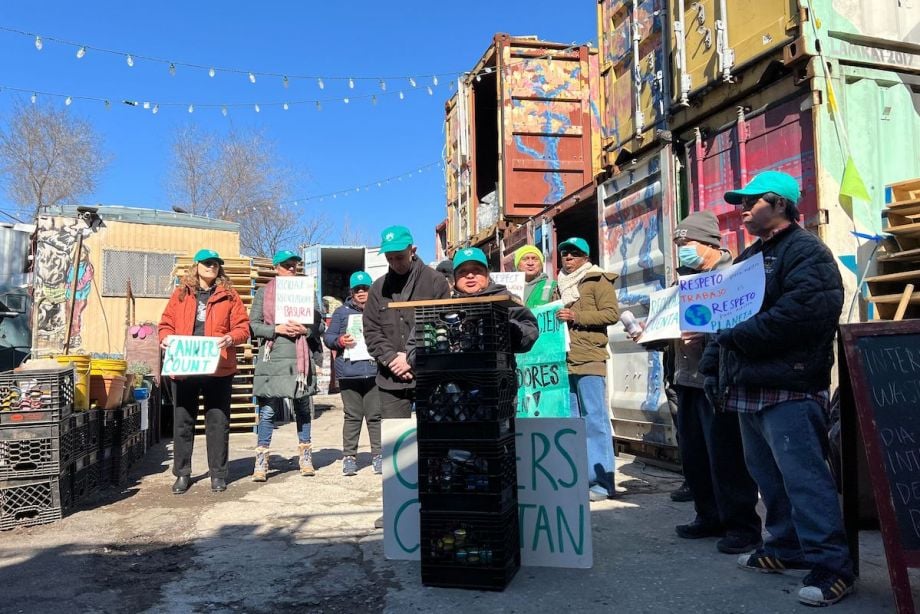
Josefa Marin, the inaugural president of the newly formed Alliance of Independent Recyclers, speaks at the International Waste Pickers Day rally. (Photo by Oscar Perry Abello)
Contrary to prevailing notions, 86% of surveyed canners were housed, including 53% who rent from private landlords and 7% who are homeowners. Half are enrolled in Medicaid or Medicare, but only 32% are enrolled in SNAP or food stamp programs — perhaps reflecting that many canners are not eligible for some forms of social assistance because of immigration status. Only 13% of canners reported receiving rental assistance.
The average age of surveyed canners was 54, with 44% being between ages 50 to 65. Most, 64%, were born outside the U.S., with 23% were born in New York City and 13% born elsewhere in the country.. About 45% were native English speakers and 45% were native Spanish speakers; surveys were conducted only in English and Spanish, leaving out what researchers describe as a large segment of canners whose native language is Mandarin, Cantonese or any other Chinese regional dialect.
Time spent canning varied significantly among those surveyed. Some have full-time jobs, choosing to spend time canning at night or on weekends to supplement their income. For others, independent recycling is one of their primary income sources. On average, canners spent just under 25 hours a week doing the work, earning them an average of $119 a week. Almost all of it happens entirely on foot: 87% of independent recyclers reported walking as their primary mode of transportation while canning.
Yvonne Norville, who has a full-time job, is one of many who started canning during the pandemic. She’s now secretary of the Alliance of Independent Recyclers. Last year, Norville helped conduct some of the surveys of her peers across the city. What she found was something that has been true basically since 1983 in New York: Independent recycling was one of the earliest forms of gig economy employment.
“I saw how people see themselves as independent workers and just want to work for themselves to earn a livelihood,” Norville tells Next City. “Some live with families, some don’t. Some people saw it as a form of exercise, some just like forming relationships and meeting new people.”
In terms of where independent recyclers collected materials, the most common source was simply loose cans on the street or sidewalk, with 80% of canners listing that as a source. About 68% of canners collected materials from curbside bags in front of buildings or houses. New York City has long been notorious for its lack of alleyways, leading to the long-established practice of leaving giant piles of trash bags directly out on the curb for pick up. Canners often sift through those bags ahead of pickup time to intercept redeemable containers.
With New York City’s landmark new containerization rules coming into effect this year, independent recyclers are anxious to make their voices heard about preserving their access to materials that might soon be held in padlocked curbside containers. Some canners may have to rely on working relationships with building supervisors, who already allow them to sort through containers inside apartment buildings or yards. New arrangements may be necessary regarding curbside containers.
The survey also revealed how independent recyclers have built up years of experience navigating their work and building those relationships with supers, retailers, redemption sites, and each other. The average number of years worked as a canner was 11, and 85% of canners had been doing the work for more than one year.
New York’s container redemption system
Independent recyclers were invisible right from the start.
Since 1983, consumers in New York State have paid retailers a 5-cent deposit per can or bottle covered by the New York Returnable Container Act, more commonly known as the “Bottle Bill.” Consumers are entitled to get back those 5 cents per container by returning materials marked eligible for redemption to grocery stores, bodegas, or other retailers or by bringing them to a redemption center.
Lawmakers at the time envisioned it would be consumers themselves returning eligible containers. But it turned out many New Yorkers didn’t seek out those nickels for redemption themselves – especially in New York City, where most households lack space to store extra containers. That meant anyone else who properly gathers and returns eligible containers is entitled to claim those 5-cent deposits, giving rise to independent recycling.
Since New York’s Bottle Bill went into effect in 1983, an average of 65% of eligible containers have been redeemed statewide every year, according to the New York State Department of Environmental Conservation. In 2021, that amounted to more than 5.5 billion plastic, glass, and aluminum beverage containers redeemed — totaling 241,505 tons recycled, all at no cost to local governments.
New York is one of 10 states, plus the territory of Guam, that have their own bottle bills. Some states, like California and Vermont, require deposits of up to 15 cents for certain types of containers. Michigan has had a 10-cent deposit in place on all eligible containers since 1976, while Oregon upped its deposit from 5 to 10 cents in 2017. Connecticut’s deposit just went up to 10 cents as of Jan. 1.
States with higher deposit amounts report higher redemption rates — Michigan has for years seen 97% redemption rates, while Oregon’s redemption rate has been as high as 88.5% since its deposit went up in 2017. In states without bottle bills, the average recycling rate for similar containers is just 22%, according to the Container Recycling Institute.
States also periodically update their bottle bills to add more types of covered containers, like bottled water, which New York only added to its bottle bill in 2009. This year, independent recyclers and their supporters in New York are looking to add bottled coffee and tea products as well as noncarbonated fruit and vegetable drinks, wine, and liquor, none of which are currently covered.
One concern from New York retailers is that higher redemption rates and a wider variety of eligible containers will mean canners or consumers will bring back more containers than they have space to store onsite while waiting for wholesale distributors to pick them up and return them to producers or importers. Ryan Castalia, executive director at Sure We Can, acknowledges it is a legitimate concern. But he argues this logistical challenge can be addressed by fixing another part of the bottle bill: increasing the handling fee paid to retailers or redemption centers.
In addition to the 5-cent deposit refunded to consumers or independent recyclers, distributors pay a handling fee of 3.5 cents per redeemed container to retailers or redemption sites. That amount hasn’t gone up since 2009.
As a result, redemption centers have been struggling to remain in business as operating costs increase. Half of redemption centers across New York State have closed since 2008, according to the Empire State Redemption Association. That’s why in addition to increasing the deposit from 5 to 10 cents, the proposed New York bottle bill update would also increase the handling fee from 3.5 to 6 cents.
Advocates also argue that more of the unclaimed deposits should be reinvested in the redemption system, including redemption sites as well as the “reverse vending machines” located outside many grocers and bodegas across New York. The machines break frequently and often reach capacity days before distributors can come to empty them out.
Under New York’s current bottle bill, at the close of each year, 80% of unclaimed bottle deposits go to the state government, while the remaining 20% get absorbed by the original bottlers, brewers, importers, or other beverage wholesalers. For 2021, that meant an estimated $118 million in unclaimed bottle deposits that went to the state and $30 million to the beverage industry.
“Instead of saying a liquor store should hold more material, we should be able to say there’s a redemption center just down the way where you can go to claim a deposit,” Castalia says. “We think these are all technical issues that could be solved by making the system more robust.”
This article is part of The Bottom Line, a series exploring scalable solutions for problems related to affordability, inclusive economic growth and access to capital. Click here to subscribe to our Bottom Line newsletter.

Oscar is Next City's senior economic justice correspondent. He previously served as Next City’s editor from 2018-2019, and was a Next City Equitable Cities Fellow from 2015-2016. Since 2011, Oscar has covered community development finance, community banking, impact investing, economic development, housing and more for media outlets such as Shelterforce, B Magazine, Impact Alpha and Fast Company.
Follow Oscar .(JavaScript must be enabled to view this email address)



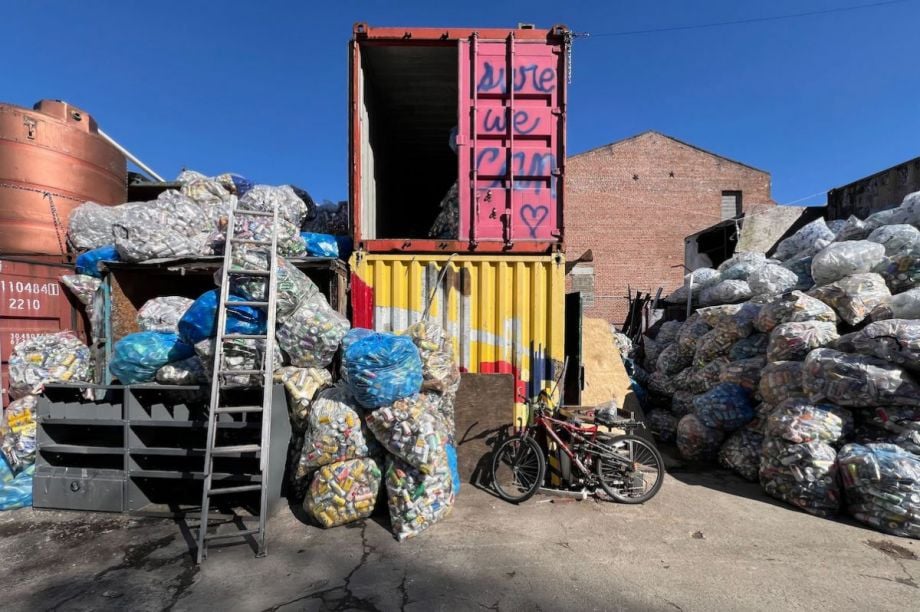
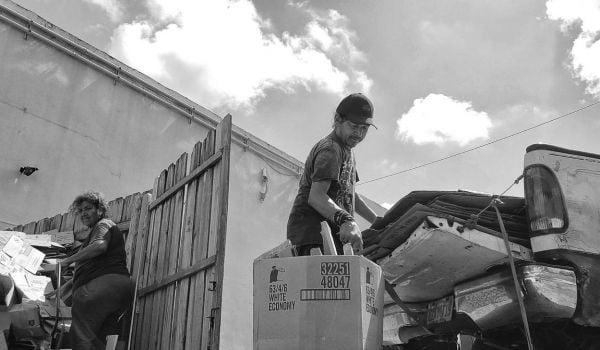
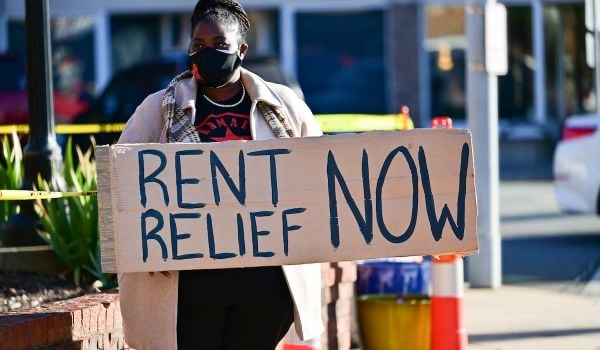

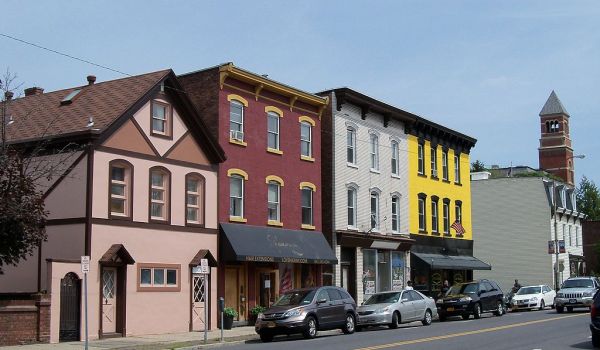


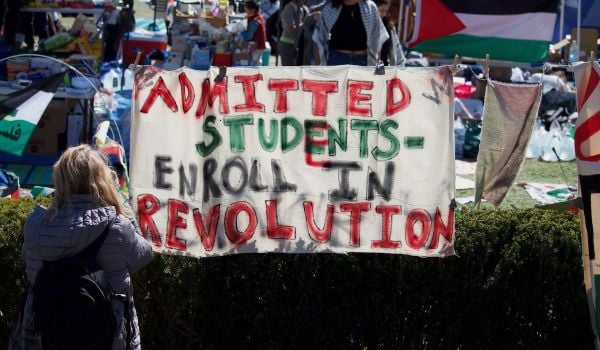
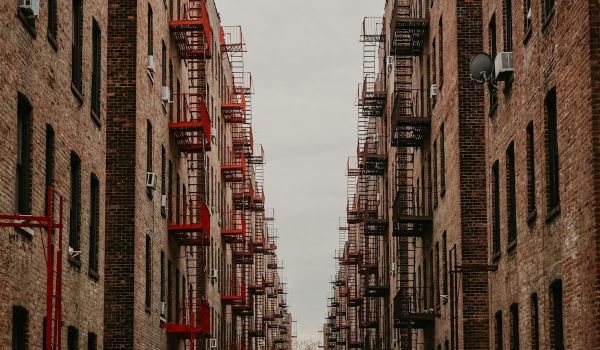







Add to the Discussion
Next City sustaining members can comment on our stories. Keep the discussion going! Join our community of engaged members by donating today.
Already a sustaining member? Login here.